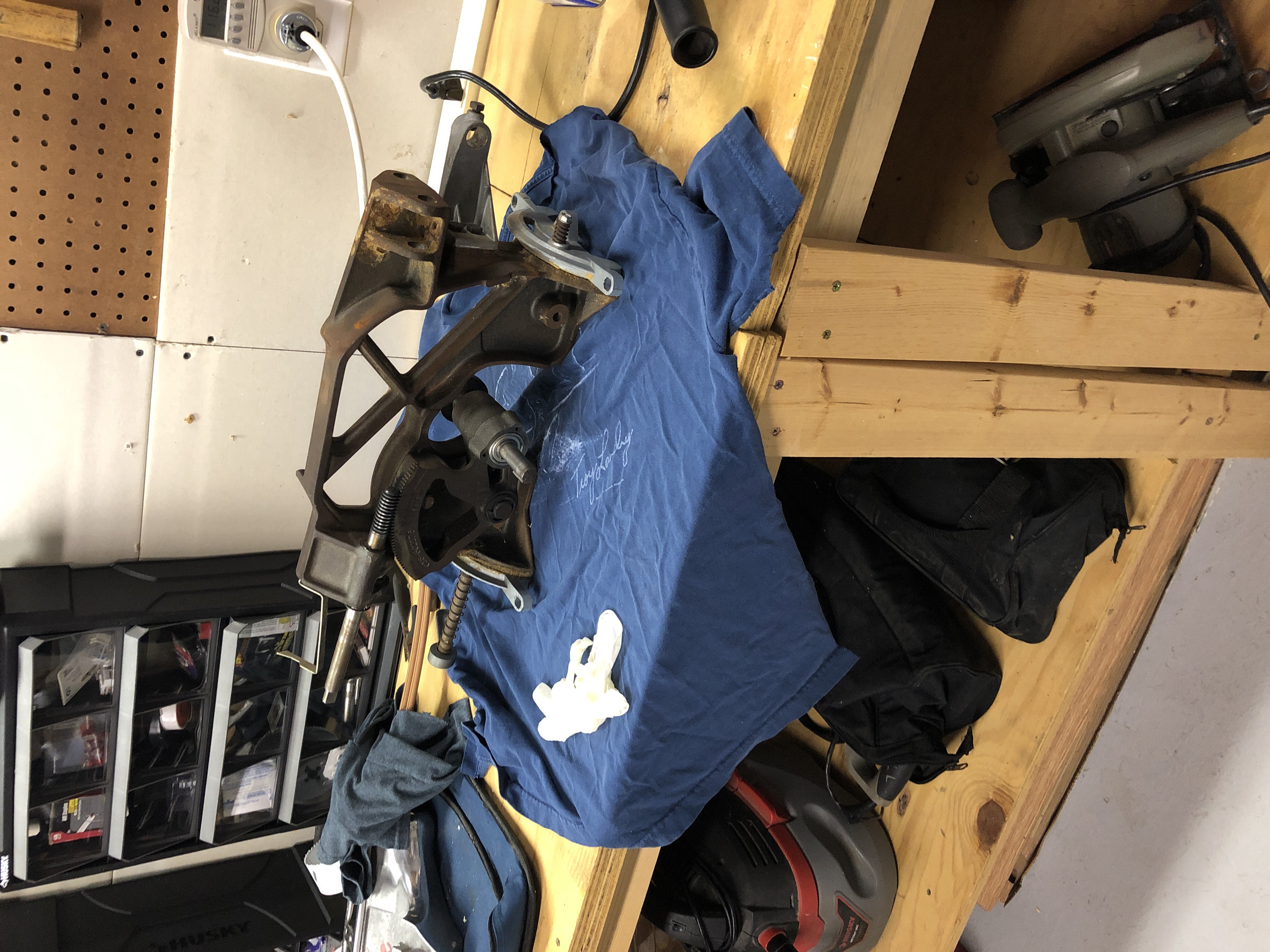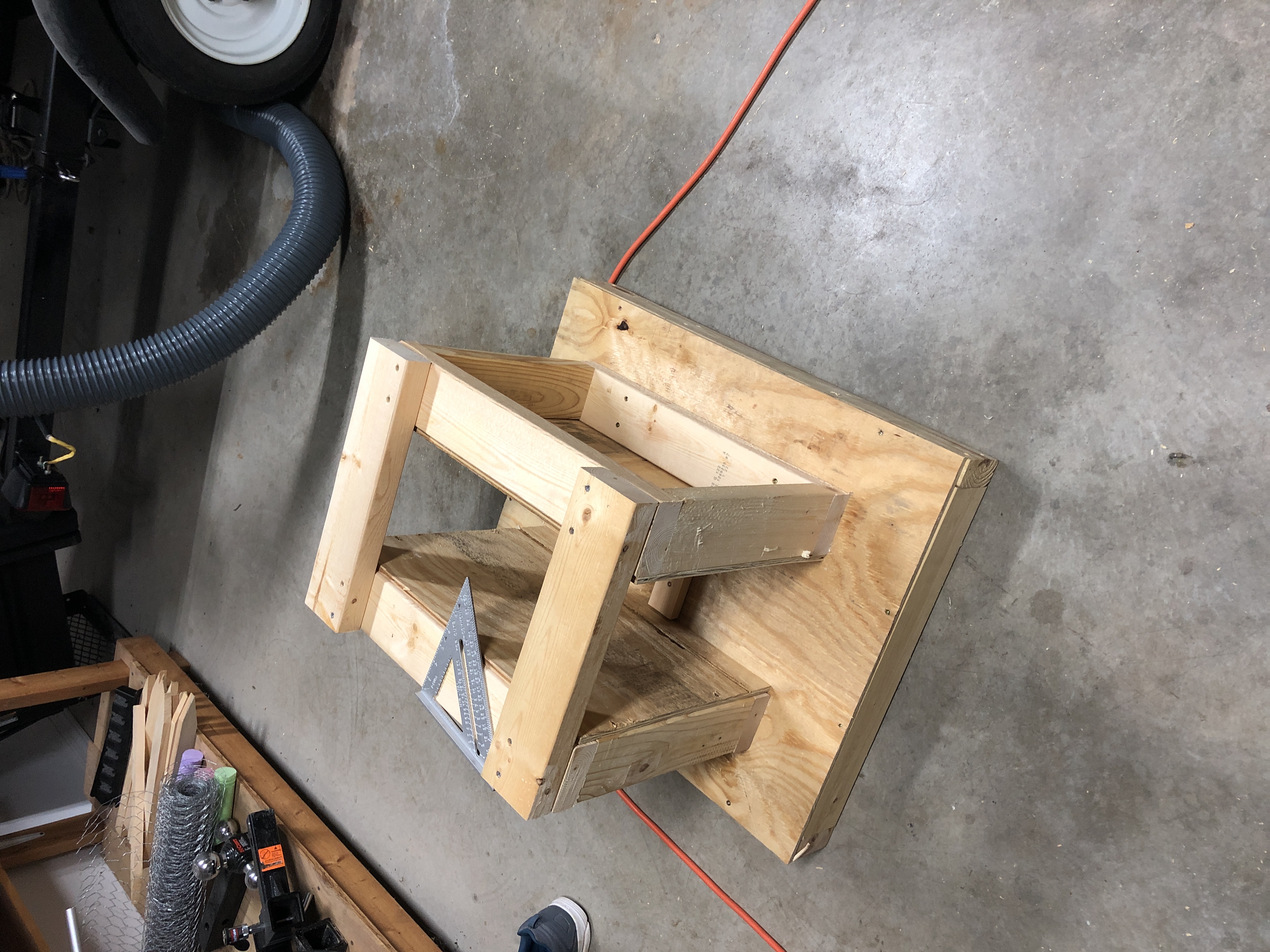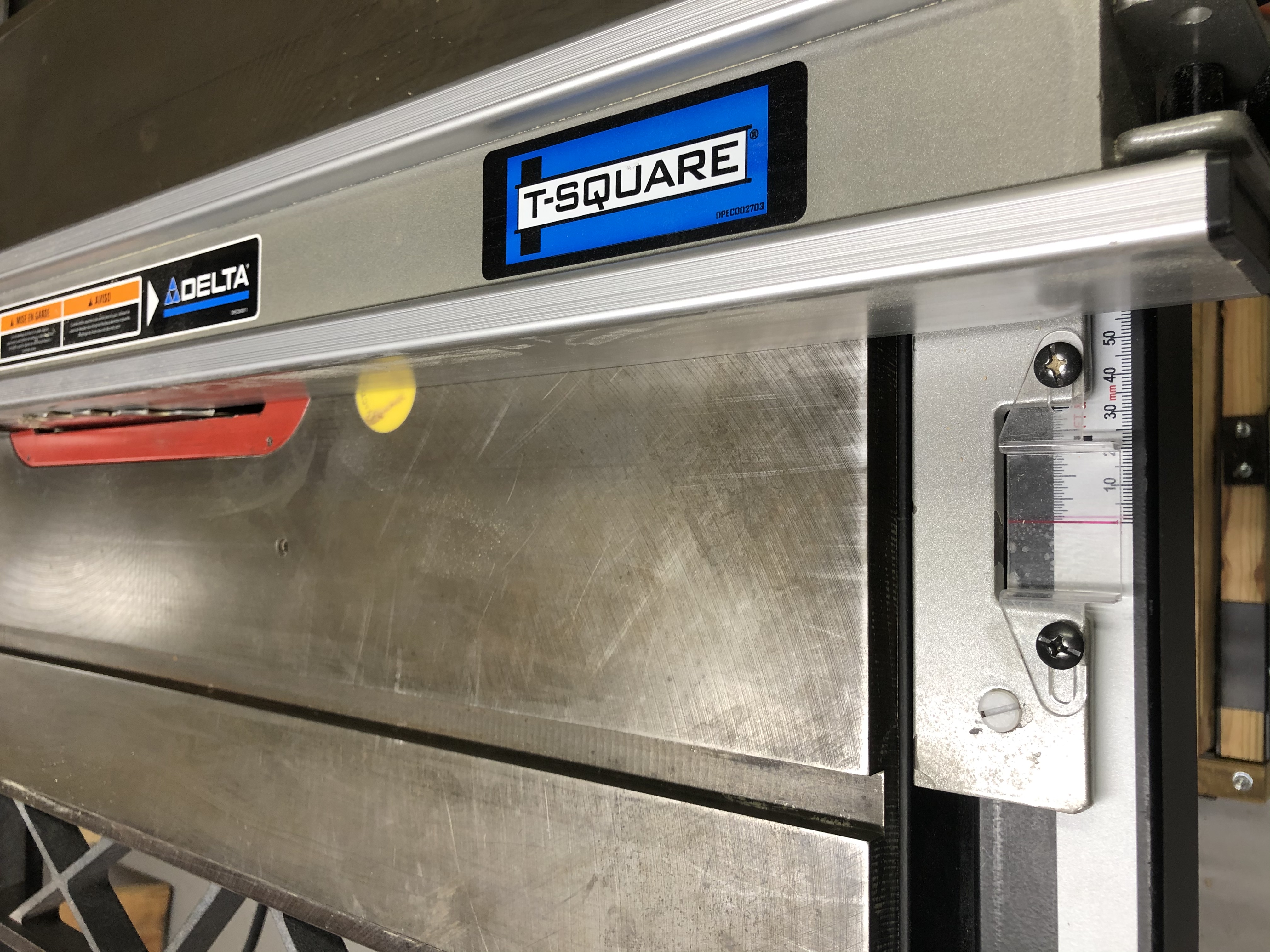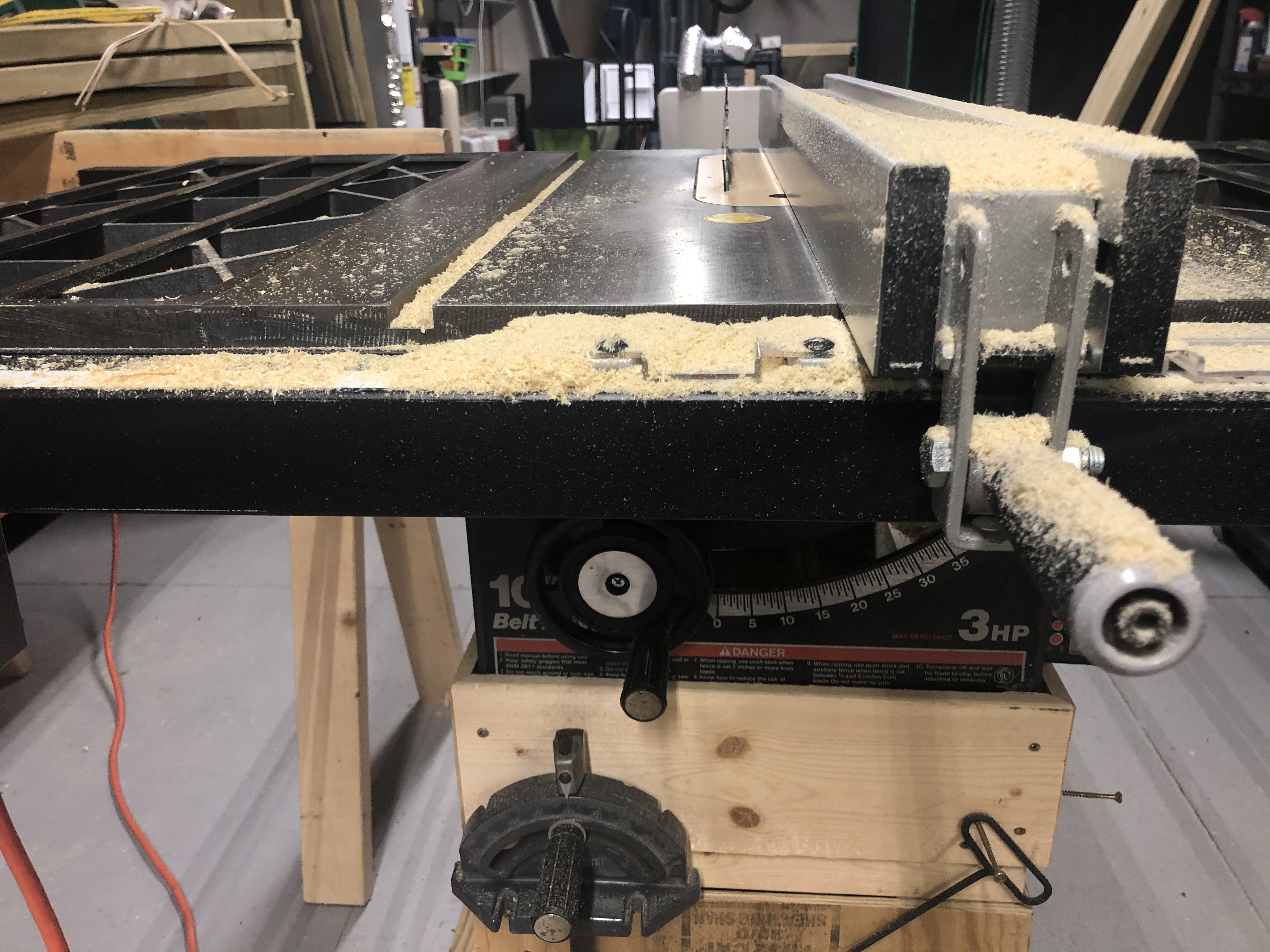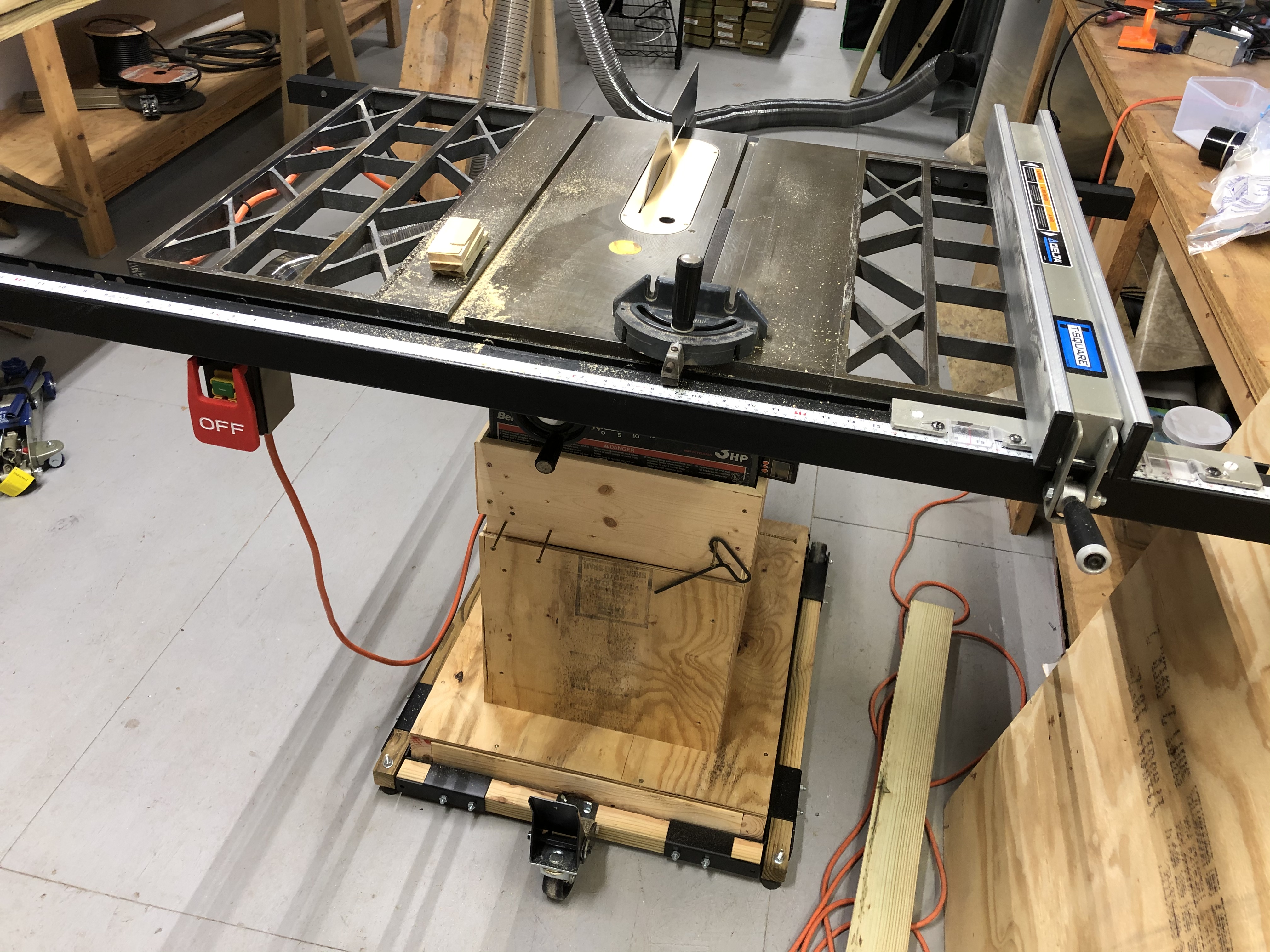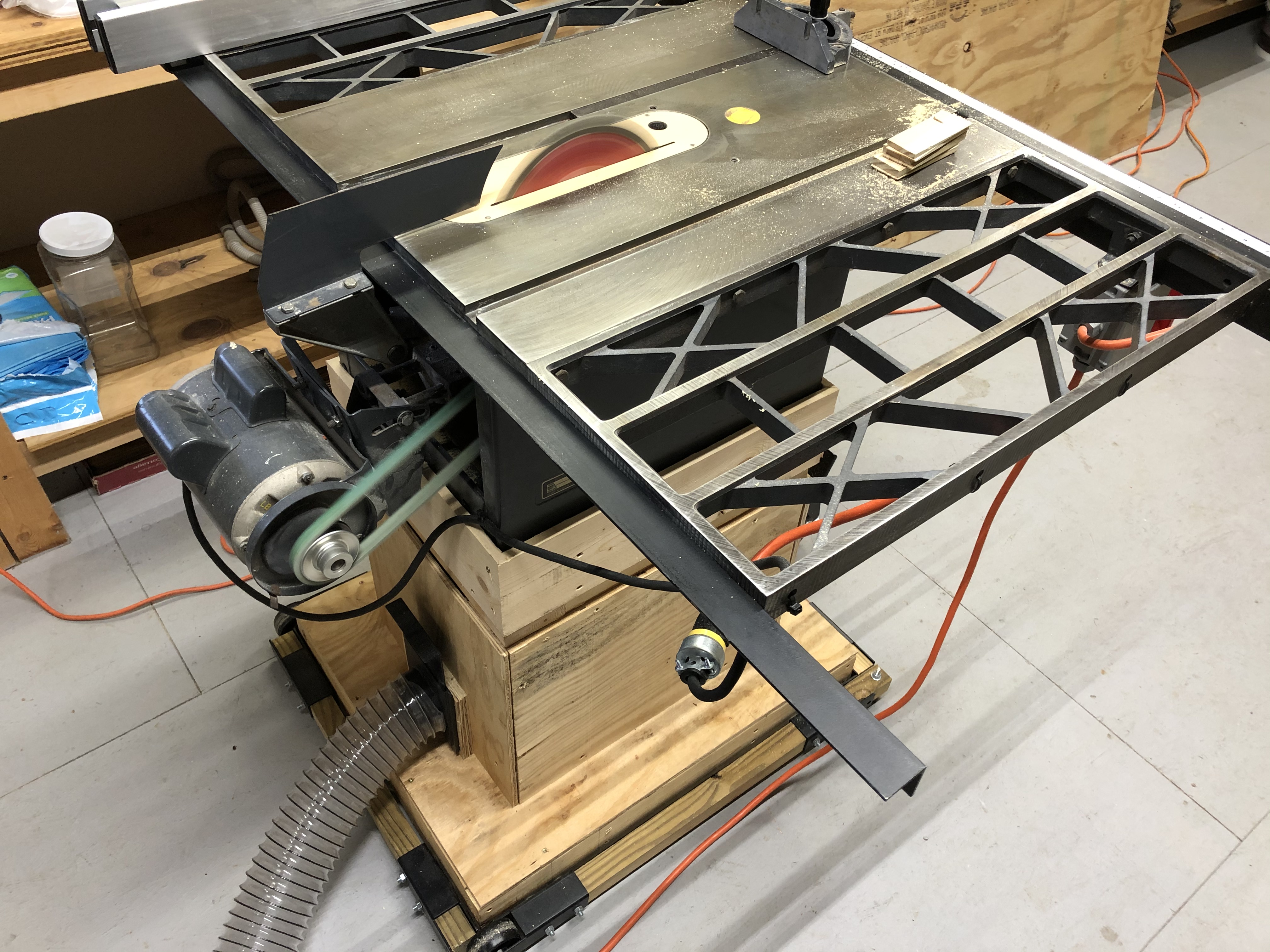Craftsman 113
This is a community dedicated to the discussion of Craftsman power tools, specifically the Sears Craftsman 113 series table saw. It's a branch off from the r/craftsman113 subreddit.
Rules
-
This community is intended for discussion around the Craftsman 113 series table saw. However, topics related to Craftsman tools and power/woodworking tools in general is permitted.
-
Discussions of topics other than those listed in rule # 1 are not permitted.
-
No spam and no ads.
-
"Be excellent to each other."
About the Saw
The Sears Craftsman 113 is one of the most common yet venerable table saws ever produced.
It was manufactured for Sears, Roebuck, and Co. first by King-Seeley until 1964, and Emerson Electric thereafter until the end of it's production run in the early 1990's. At various times, the 113 was produced in cabinet and bench top varities, an 8" or 10" blade capacity, and with belt or cable/direct drive and a milled cast iron top.
There are still many 113's in existence. They're not hard to find on Craigslist, Facebook Marketplace, or the online yardsale page of your choice and can usually be acquired fairly inexpensively. With a little TLC (and maybe some upgrades) they make an excellent, versatile, and accurate woodworking tool which will probably outlast you.

